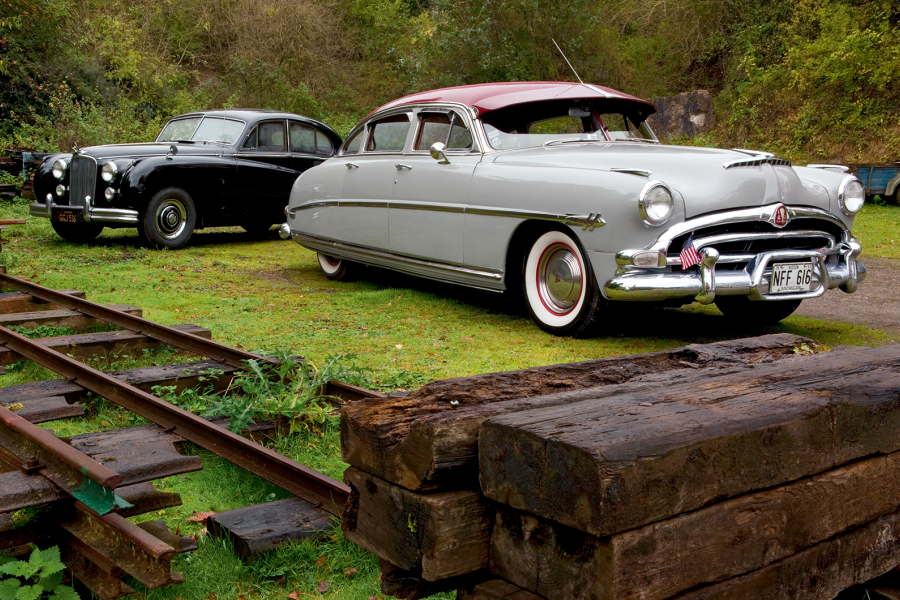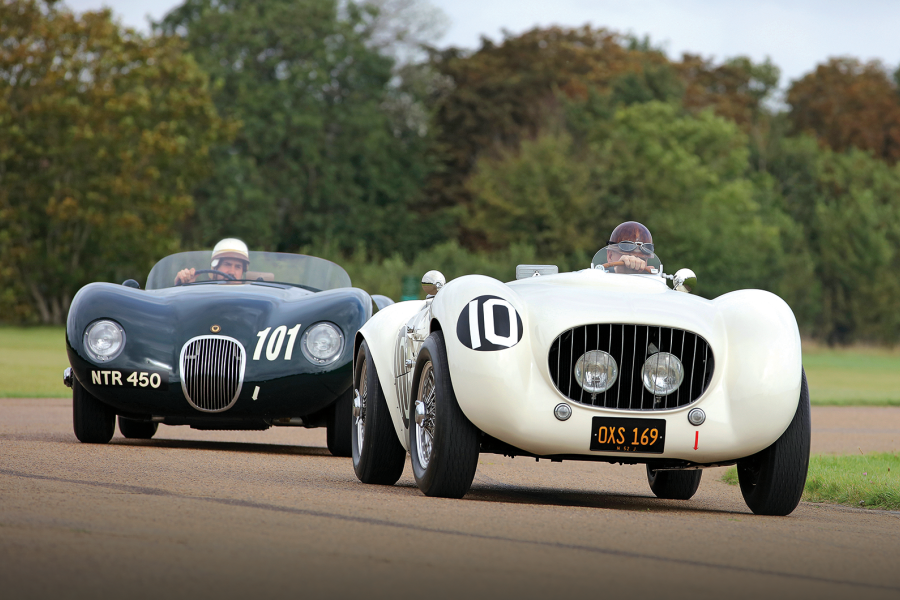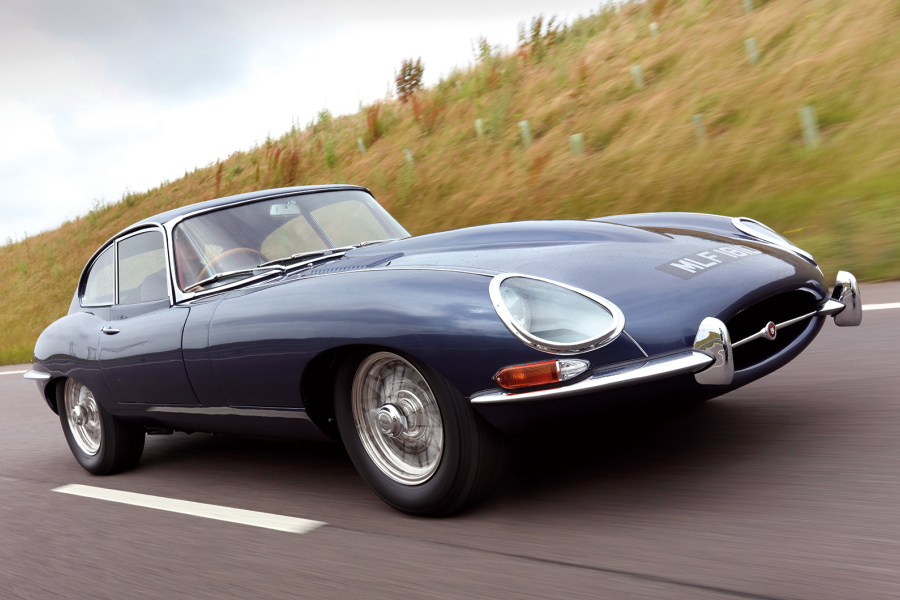After just a few days, an impressive cloud of white smoke brought me to a halt on the highway.
Fortunately it was only a failed coolant pipe, so I replaced all of them and treated the radiator.
A few months later, once again on the motorway, the fuel pump stopped working.
This time the intervention of a tow truck was required.
The Jaguar Sovereign XJ12 Series III is the embodiment of 1970s British luxury
In the meantime I noticed the paintwork deteriorating on the panels around the windscreen and rear window, so I decided to commit to a thorough restoration of the Jaguar’s bodywork.
Towards the end of 2020, an anomalous noise from the engine alarmed me: one of the exhaust manifolds was cracked.
Then just a few months later, during a normal run in the hills, the engine stopped several times because of a broken distributor cap.
The Jaguar Sovereign XJ12’s chrome fuel-filler cap
After surmounting all of these hardships, I wanted to give the car a demanding test, so that weekend I took a road trip of almost 800km (497 miles).
Everything went well – until we were a few kilometres from home.
An unpleasant sound of scraping metal and abnormal squeaks warned me something wasn’t working properly.
The air-con compressor bearings were damaged and fixing the system proved to be rather complex: in addition to the compressor and its evaporator, it was necessary to replace several pipes, including some metal ones that are no longer available as spare parts.
This Jaguar Sovereign XJ12’s bodywork has been restored
Whenever I take the XJ12 out for a drive, I’m a bit apprehensive, expecting another inconvenience to arise.
Nonetheless, driving it is always a real joy.
Of course, its ’60s silhouette has a detrimental effect on the aerodynamics, and above 110kph (68mph) the wind rustle can become rather annoying, but the enveloping, mellow symphony of its 12 cylinders, the elasticity of the performance, the comfort of the seats and the luxury that is breathed into so many details are exactly what I seek and love most in a car.










